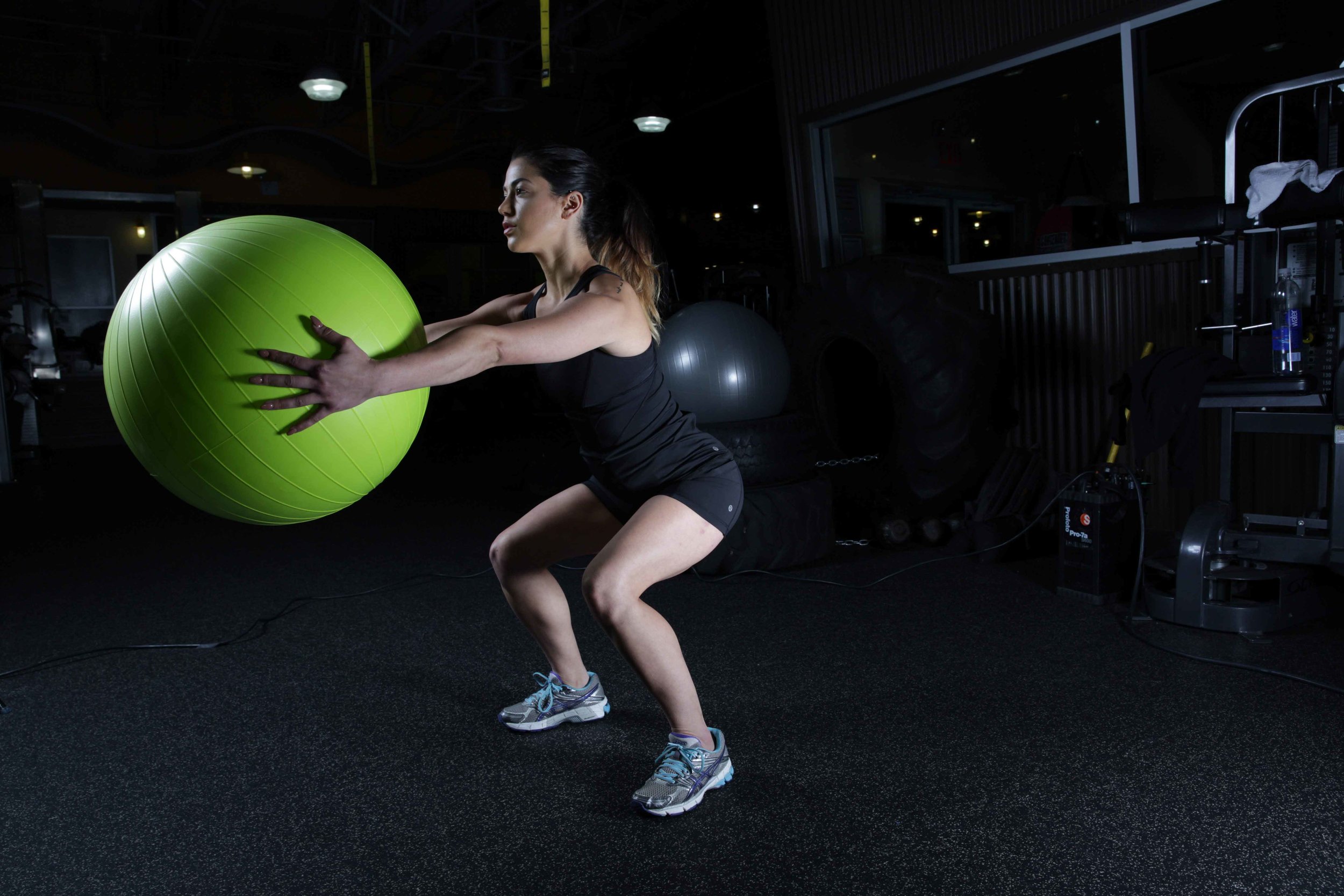
Brooklyn Physical Therapy News- Evolve NY
Bicep Tendinitis and Bicep Tendinosis
What is bicep tendinitis? Biceps tendon injury causing severe bicep pain is very common in sports that include shoulder rotation and elevation of the arm above the head, such as baseball, basketball, swimming, tennis, etc. It comes as a risk with every activity demanding repetitive overhead movements.
How to Heal Bicep Tendonitis
If you are an athlete or regularly play sports, you may be familiar with the frustration and pain associated with the “dreaded” bicep tendonitis injury. When you get this injury, I know you want to fix it as quickly as possible. Just hold your horses for a minute though, if you don’t give yourself the proper amount of time to heal, you will potentially cause severe complications in the future.This does not mean you will be permanently on the bench, it just means that you will need to plan for a period of recovery before your return to the field.
This guide will help with explaining what happens to your body when you get bicep tendonitis and how my team of highly trained, experienced physical therapists and certified fitness specialists will help you overcome it.
What is bicep tendonitis?
If you get bicep tendonitis, you will most certainly know about it. The pain is noticeable when you use your arm, and often gets worse as you continue to use it. The damage from this injury affects the long head of the biceps muscle. There are several ways the biceps tendon can be damaged; from within the shoulder joint (SLAP lesion), or it can be damaged in the region where it passes through the intertubercular sulcus on the front side of the humerus, or you can have a ruptured tendon of the long head.
A bicep tendon injury causing severe bicep pain is very common in people that play sports which include shoulder rotation and elevation of the arm above the head, such as; baseball, basketball, swimming, tennis, etc. If you are repeatedly swinging a bat or throwing a ball, you are more likely to experience problems in the bicep and shoulder areas. The technical explanation for what is happening to your arm is that you are experiencing a shallow humerus intertubercular sulcus, which causes the tendon to pop out or sublux. Tendon subluxations cause damage and inflammation of the tendon and its sheath, something which is called Tenosynovitis.
Unfortunately, things can get a bit worse and you could develop secondary bicep tendonitis as a result of shoulder impingement syndrome or shoulder instability. In these cases, there is increased contact between the tendon and bone structures in the shoulder joint.
I know that the explanation of what is happening to your bicep can sound extreme, but it is not, and you will be able to fix it. The rest of this guide will show you how to recognize what is happening and what my team at Evolve Physical Therapy in Brooklyn can do to get you back on track as quickly as possible!
How do I know if I have bicep tendonitis?
You may have bicep tendonitis if you spot some of the following symptoms:
pain on the front side of your shoulder
pain during physical activity involving the shoulder joint and lifting heavy objects
increased sensitivity and palpitations of the muscle
However, to be certain that you are suffering from bicep tendonitis, we will perform a few tests, including:
Speed's Test – the patient flexes his or her shoulder by lifting the arm to a horizontal position in front of his body. The physical therapist applies mild to moderate resistance on the distal region of the arm, while the patient tries to hold the arm horizontal. If there is bicipital tendinitis, pain will increase during these activities, while constantly keeping our eyes focused on the position of the tendon in the sulcus, and its eventual subluxation.
Flexion of the elbow joint – this is the main movement done by the bicep, and if a patient experiences pain while performing this movement pattern, with or without applied resistance, it is possible that there is tendonitis of the long head.
Besides a regular physical examination, other diagnostic tests are required in order for us to be absolutely sure that we are dealing with tendonitis of this particular muscle. These tests include an x-ray and ultrasound scan of the shoulder joint. If it becomes clear that you have bicep tendonitis, we will not hesitate to get you started on a rehab program right away.
So how are you going to fix my bicep tendonitis?
As a reminder, in order for you to recover quickly from this injury, you must commit to not carrying out your normal work or sport activities. We have to work on your bicep injury intensively and give it the required rest and recovery that it needs to heal. The more committed you are, the easier this will go, I can promise you that. I expect you to ask me, "Am I going to get better soon?" or, "How long is this supposed to take?" We totally understand your frustration to fix the problem as quickly as possible. My team and I at Evolve are here to help you get through your physical therapy treatment program as quickly and efficiently as possible.
So this is how it will go. In the first phase of treatment, we must ease the pain and reduce inflammation of the long head tendon. To reduce pain, in the acute phase you must halt all activities demanding certain effort, especially those involving repetitive elbow and shoulder movement. You may experience some pain relief by pressing something warm on the painful spot. Heat can help in the healing process, increasing blood flow and dispersing algogenic pain substances from the area, but it is crucial that we apply cold procedures first, and then after about 72 hours we can proceed with heat therapy. We will administer cryotherapy, meaning we use cold compress packages and ice cube massages to reduce the inflammatory process affecting the tendon and its sheath.
After cryotherapy, we move on to the fun part, a kinesiotherapy and rehab program consisting of carefully dosed, isometric muscle contractions, followed by isotonic exercises and stretches at the end of each treatment.
In phase two, besides regular bicep tendonitis rehab, we focus on correcting muscular imbalances. It is essential that we evaluate the current strength of all muscle groups surrounding the shoulder, so we can improve the strength and overall stability of this joint. The last thing you want is to have the bicep tendonitis come back and that is why we must take this step to ensure we correct any problems before they come about again.
If you are an athlete and are recovering so you can get back on the field as soon as possible, we will also conduct a movement pattern analysis that is sport-specific, meaning it will help you overcome any irregularities that are causing you trouble and preventing you from playing.
What are the main goals of the rehab program?
Overall, I can guarantee that your rehab program will:
Strengthen your bicep muscle
Strengthen the muscles surrounding and supporting the shoulder
Increase your forearm strength
Activate and strengthen your rotator cuff muscles, which are of utmost importance for the dynamic stability of the shoulder joint
Complete stretching exercises after your workout to remain flexible at all times
How soon can you sign me up?
Today! You know that you can’t delay this any longer. Your bicep tendonitis will not improve by itself and it needs specific help to get it back to full health. If you are an athlete being prevented from playing due to this condition, then you really should have come to see me yesterday.
Don’t worry, the main point is that you act now and act fast. Come down to Evolve Physical Therapy in Brooklyn and we will start working with you immediately.
Call to Schedule a Consultation- 1-718-258-3300
Brooklyn's Premier Holistic Physical Therapy Clinics-
There’s physical therapy, there’s training, and then there’s EVOLVE. We use the science of bio-mechanics merged with fitness to help our patients get better and stay better!
First we evaluate, then we heal, then we strengthen our clients so they can reach their goals, feel better, and live happier lives. We do so by utilizing a range of core techniques and specialized treatments to reduce pain, improve mobility, enhance physical strength and deal with the underlying issues, not just the pain itself.
Multiple Physical Therapy Clinics in Brooklyn!
Call- 1-718-258-3300





